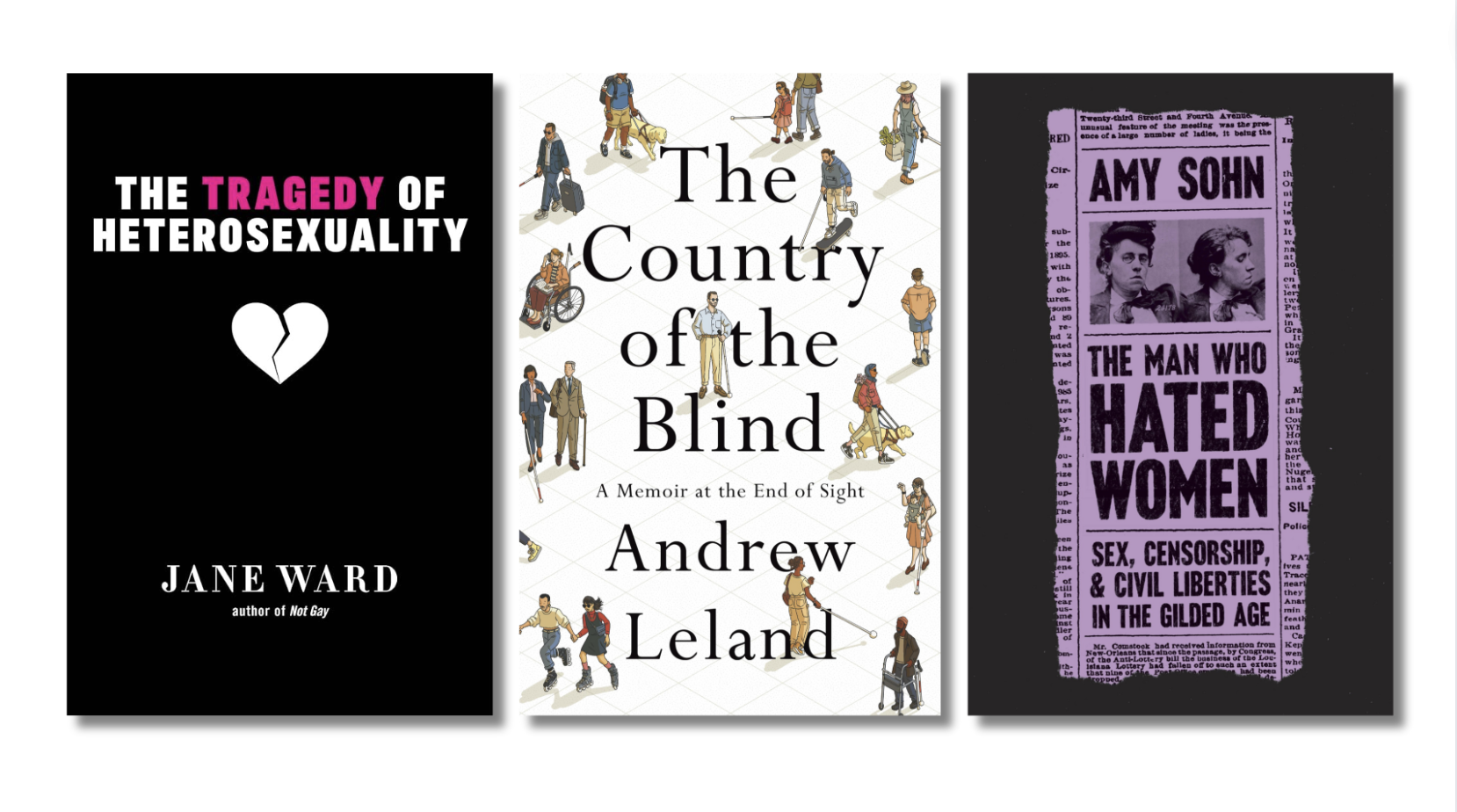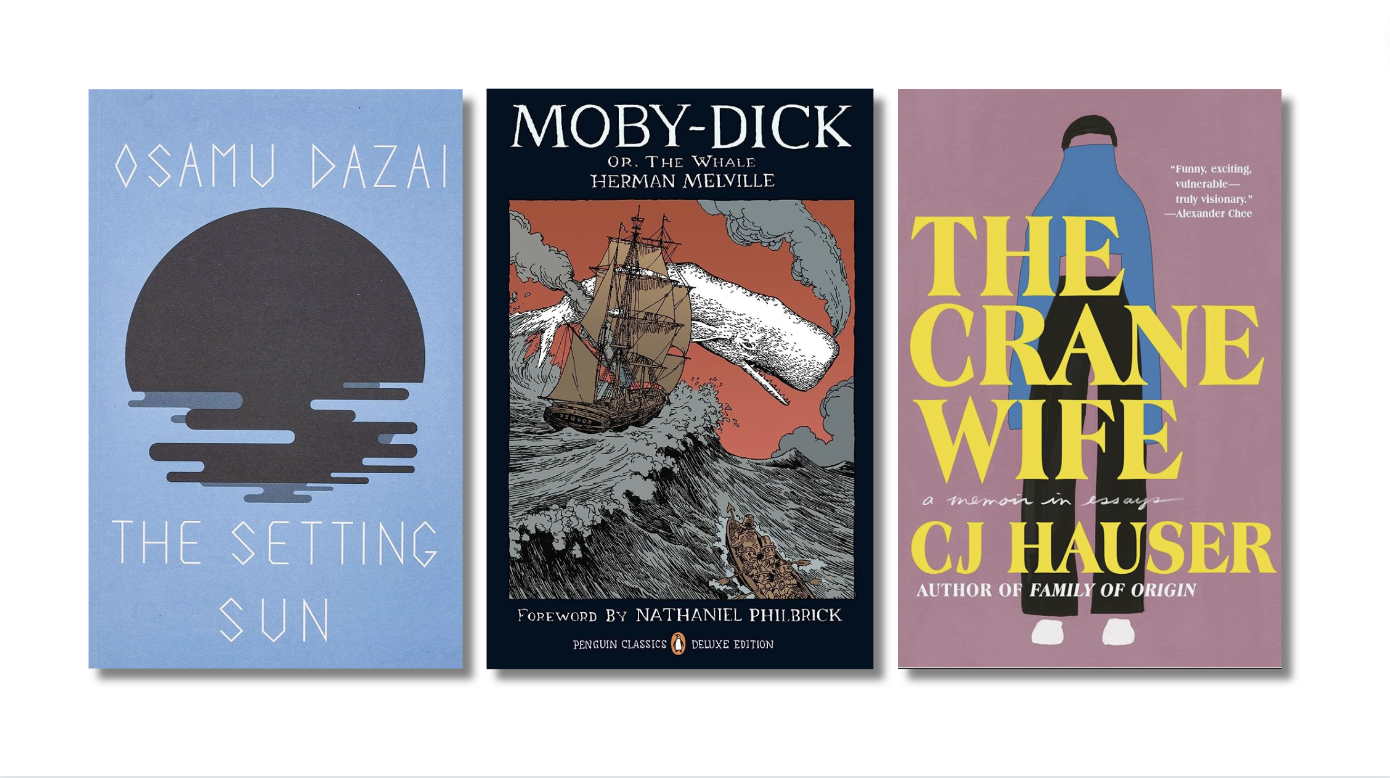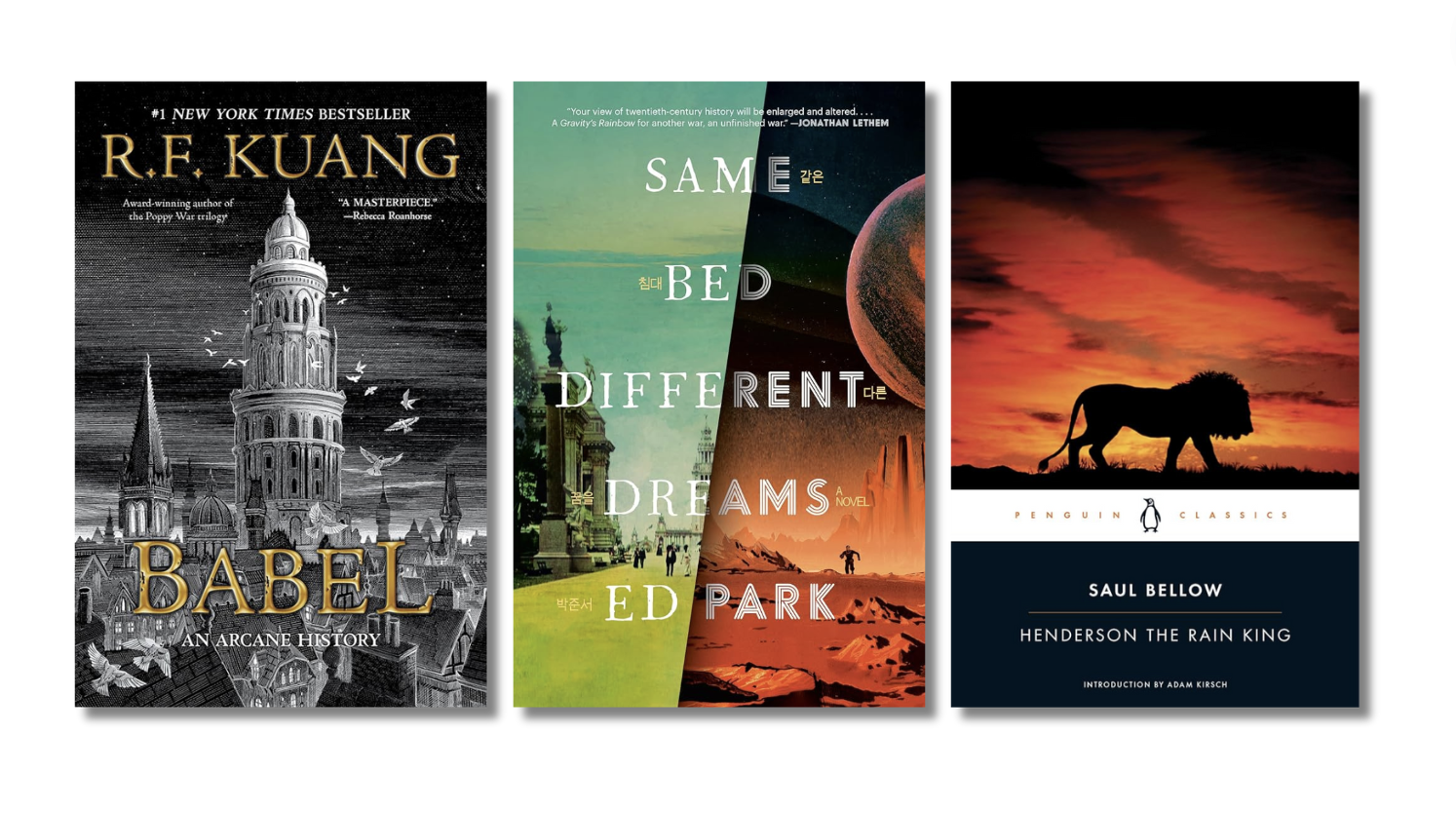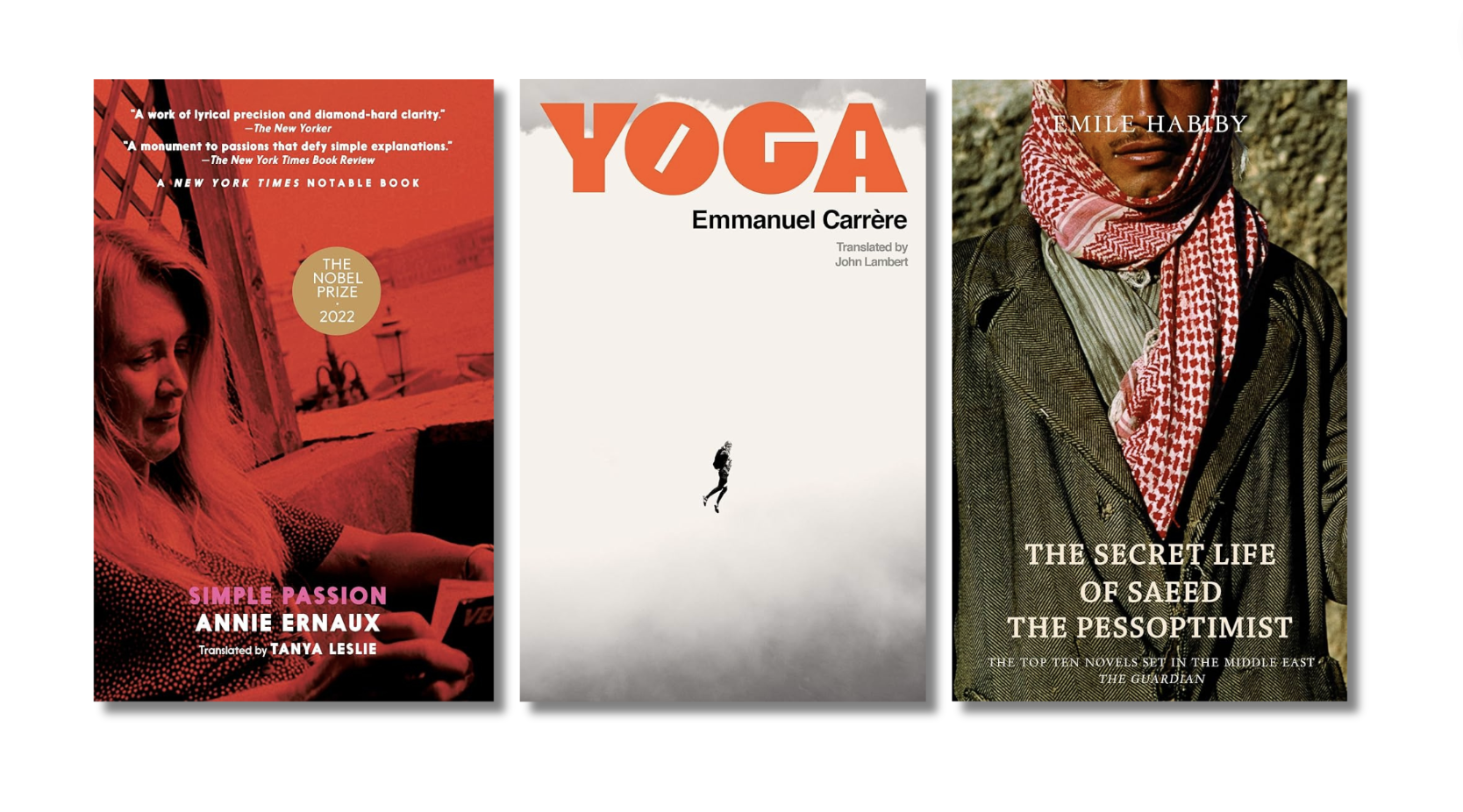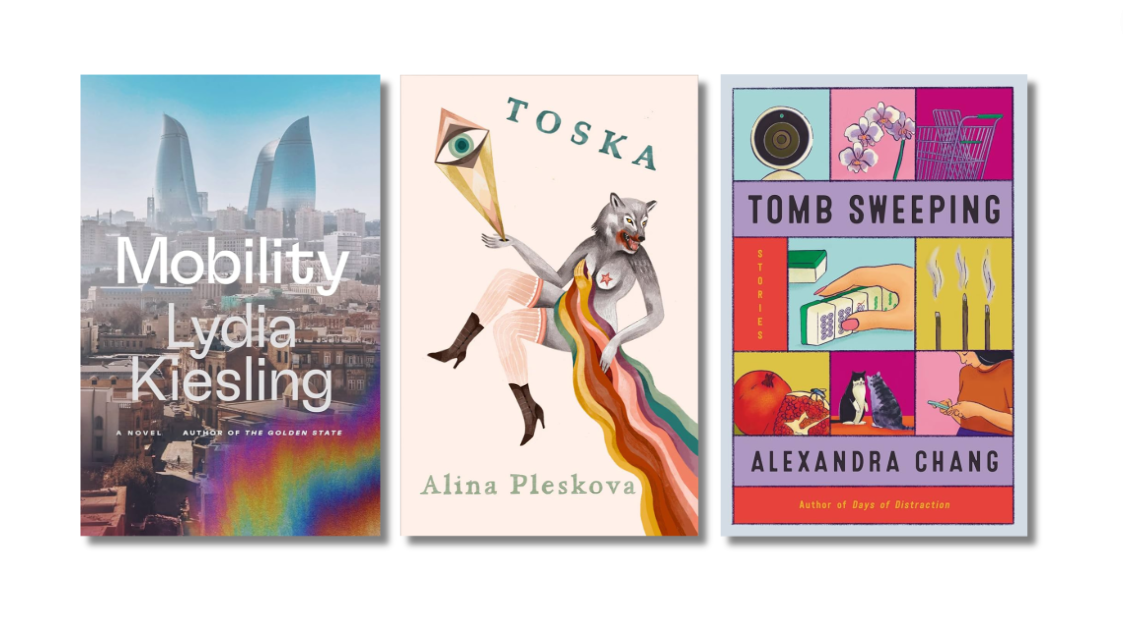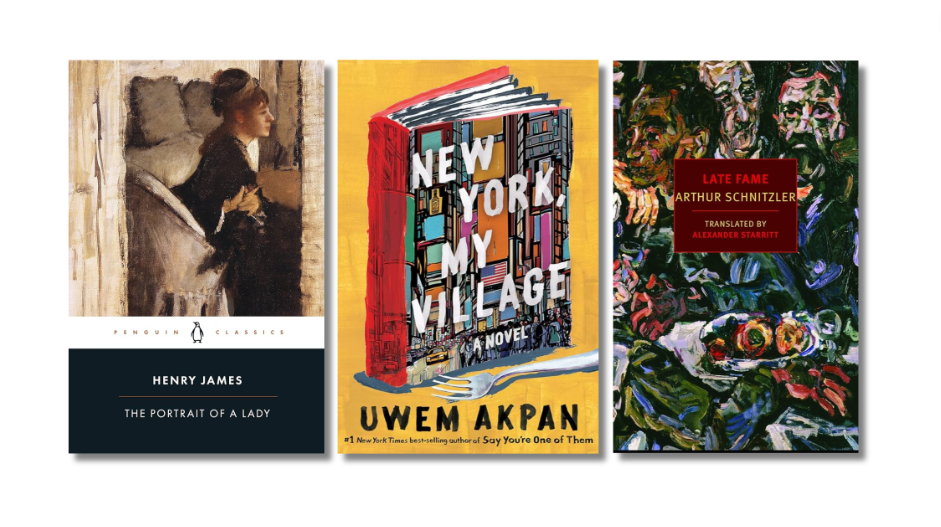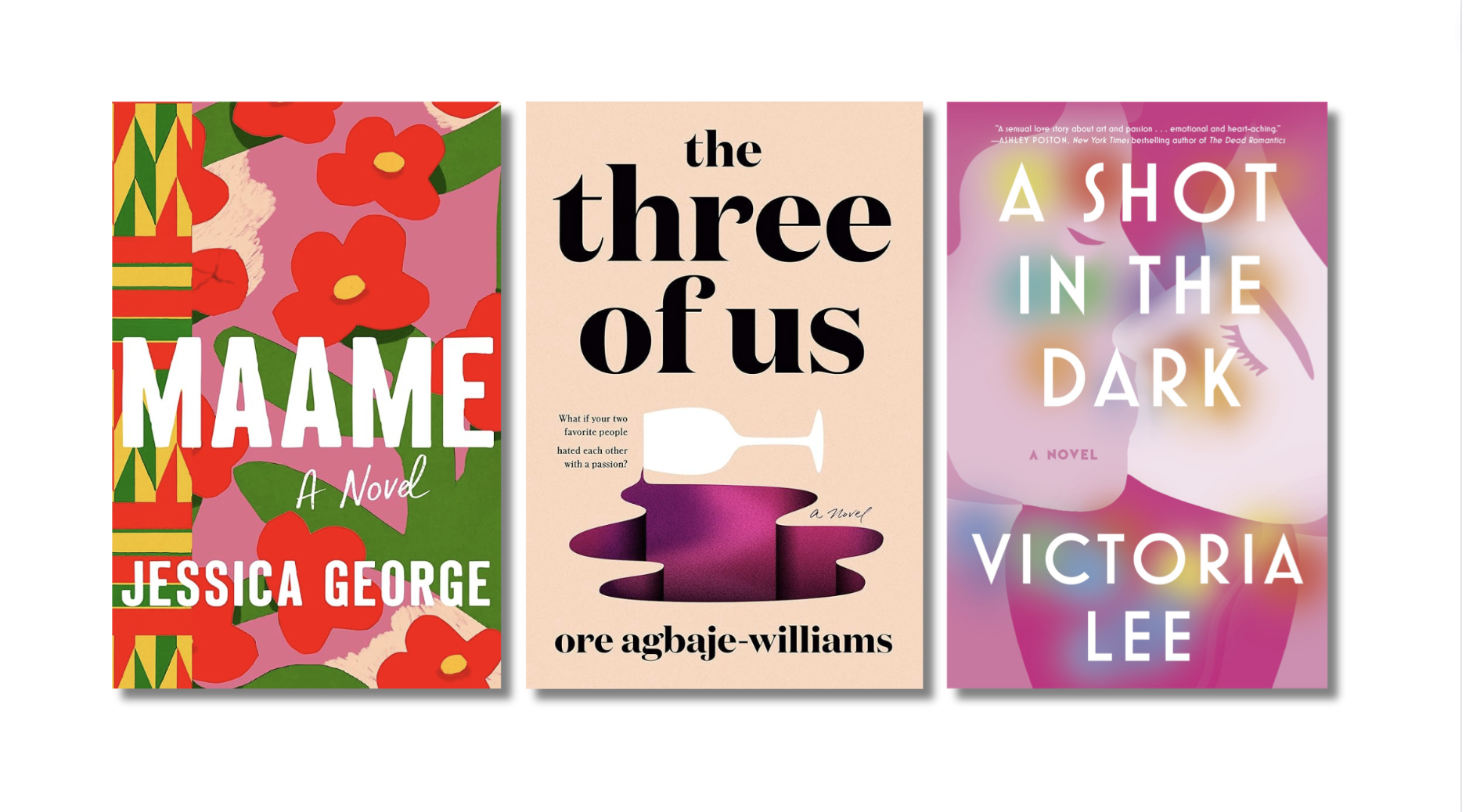I read some really wonderful books this year. Here are just a few recommendations from reading I did that you might like to do yourself.

 1. The first is a book that came out this year from Wave Books. It is Mary Ruefle’s Selected Poems. I first fell in love with Mary Ruefle’s work around nine years ago, reading Cold Pluto after a friend’s recommendation. I wrote her a poem after called “Love for Mary Ruefle” and it’s about just that. Well, that and the soul. There is a quiet amount of soul in Selected and I am glad about it. Ruefle is a master and this book will be a classic for a very long time, I know. What I love most about Ruefle is her generosity. From “Kiss of the Sun”:
1. The first is a book that came out this year from Wave Books. It is Mary Ruefle’s Selected Poems. I first fell in love with Mary Ruefle’s work around nine years ago, reading Cold Pluto after a friend’s recommendation. I wrote her a poem after called “Love for Mary Ruefle” and it’s about just that. Well, that and the soul. There is a quiet amount of soul in Selected and I am glad about it. Ruefle is a master and this book will be a classic for a very long time, I know. What I love most about Ruefle is her generosity. From “Kiss of the Sun”:
If, as they say, poetry is a sign of something
among people, then let this be prearranged now,
between us, while we are still peoples: that
at the end of time, which is also the end of poetry
(and wheat and evil and insects and love),
when the entire human race gathers in the flesh,
reconstituted down to the infant’s tiniest fold
and littlest nail, I will be standing at the edge
of that fathomless crowd with an orange for you
 2. Another book that came to my attention this year was one I found while browsing around Open Books in Seattle. The wonderful owners of the store recommended the book and of course, I listened to them because they know everything there is to know about poetry. The book is by Laura Jensen and it is called Memory. I have become very interested lately in time and memory, the ways in which memory can expand time. Scientists say that time is a biocentric concept (heavens forbid, of course) that forces us to have a linear understanding of the way time progresses. Memories seem to cut into that, create circular packets of time expansion (kind of like air pockets when you are flying, I always wonder “Where am I in time?”). Anyway, in these poems, Jensen elegantly create moments of time expansion in a series of memories, where people and things fall together as essentials symbols of endless time and space, creating disorienting re-envisionings of existence. In one poem, the annoying make-up saleswomen at a department store are seen in a infinite line of lips and eyes, where “The lips/ of the women are red like alleys/ of cardinals, eyes are green/ like alleys of bamboo.” In another poem, mundane objects are seen in their entire potentiality: “Seven eggs in a metal pan,/ seven lives stopped still to feed me.” In the poem, “In the War with Death,” the phrase “I am bitterly sorry” is repeated like a mantra, as if to show that regret, pain, love, and all feeling exist in the moments where life is just so much summed up.
2. Another book that came to my attention this year was one I found while browsing around Open Books in Seattle. The wonderful owners of the store recommended the book and of course, I listened to them because they know everything there is to know about poetry. The book is by Laura Jensen and it is called Memory. I have become very interested lately in time and memory, the ways in which memory can expand time. Scientists say that time is a biocentric concept (heavens forbid, of course) that forces us to have a linear understanding of the way time progresses. Memories seem to cut into that, create circular packets of time expansion (kind of like air pockets when you are flying, I always wonder “Where am I in time?”). Anyway, in these poems, Jensen elegantly create moments of time expansion in a series of memories, where people and things fall together as essentials symbols of endless time and space, creating disorienting re-envisionings of existence. In one poem, the annoying make-up saleswomen at a department store are seen in a infinite line of lips and eyes, where “The lips/ of the women are red like alleys/ of cardinals, eyes are green/ like alleys of bamboo.” In another poem, mundane objects are seen in their entire potentiality: “Seven eggs in a metal pan,/ seven lives stopped still to feed me.” In the poem, “In the War with Death,” the phrase “I am bitterly sorry” is repeated like a mantra, as if to show that regret, pain, love, and all feeling exist in the moments where life is just so much summed up.
3. The third book to mention is The Fast by Hannah Weiner. Written in 1970, the printing I read was from 1992 by United Artists Books. In the book, Weiner experiments with how what one inputs into the body relates to the output. She goes through a progression of seeing language and things in more of their essence and begins to see their energies, a whole world of common elements, thematically arranged by color. So much of what she writes in the book relates to the creative process in general (which is a constant source of interest to me), but the book itself is a journal, a re-telling of a process of seeing an alternate world (that might be more real than the one we know through our current human conceptions of time and space, as above). As she explains to us, “After I turned green Tuesday afternoon I turned a clear pale blue. I washed my eyes with Eyebright tea and saw the same clear blue water and the same clear blue sky and many sailed schooner that I had seen in a dream the night before.” Another time she describes as “being knocked out by streaks of that yellow and black and purple. It’s like being hit in the face and pushed back in the body.” I know exactly what she means, don’t you? Color punches you in the face. Why it does (and how this relates to language and communication) is the question we must ask and constantly ponder. There is continual pain throughout, which seems intrinsic to her seeing. As she describes, “It was a day of horror because I knew there was something worse than the bright green pain—it was the purple pain and I had let it into my house.” Truly (truly!) she becomes a person on a spiritual quest, although I have a feeling she might disagree with my use of spirit here. Language becomes the sensual output, most connected with her bodily feeling, and this is something to actually feel as a reader. That too, is what I most like about the book—its immediacy, its unwillingness to let language be an idea. Language becomes a circular mediary between her, her reader, and the experience. What is left is that we feel her pain and joy. We see the world the way she sees it and so, maybe at least one of the ways it is supposed to be seen. To all you writers and artists out there, I really hope you will read this book, if you haven’t already.
More from a Year in Reading 2010
Don’t miss: A Year in Reading 2009, 2008, 2007, 2006, 2005
The good stuff: The Millions’ Notable articles
The motherlode: The Millions’ Books and Reviews
Like what you see? Learn about 5 insanely easy ways to Support The Millions





